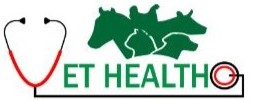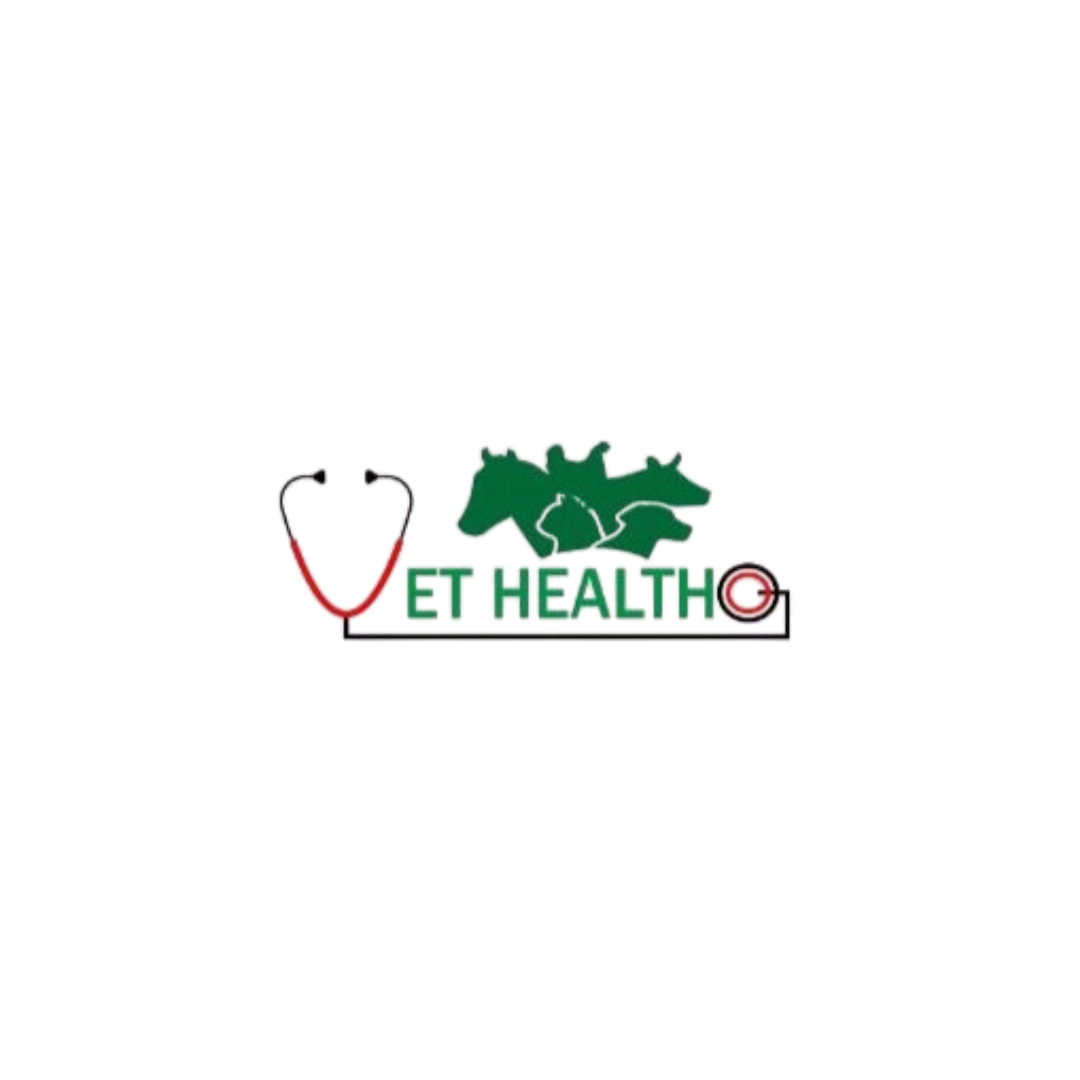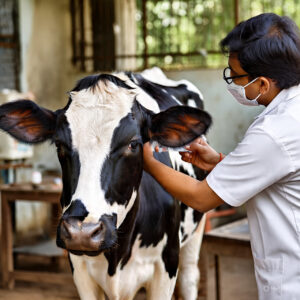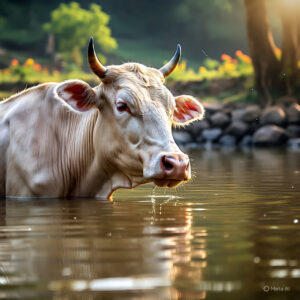Rising feed costs and the need for natural, chemical-free livestock diets have encouraged farmers to explore homemade cattle feed recipes. These recipes not only help cut down on expenses but also offer a healthier, more controlled diet for cows and buffaloes. Whether for small dairy farms or large cattle operations, these homemade blends can improve milk yield and overall cattle health.
Homemade cattle feed recipes are gaining popularity among farmers who want to reduce feeding costs while ensuring good nutrition for their livestock. Commercial feed can be expensive and may contain preservatives or artificial ingredients. By preparing homemade feed using locally available and natural ingredients, farmers can support better cattle health and improve milk or meat production at a lower cost.
Feeding your cattle a healthy and balanced diet doesn’t have to rely solely on commercial feeds. With some knowledge and a few easily available ingredients, farmers can prepare nutritious and cost-effective cattle feed right at home. Homemade feed ensures better quality control, saves costs, and can help improve milk yield and overall animal health.
Why Choose Homemade Cattle Feed?
Preparing feed at home gives you control over the quality of ingredients and allows for customization based on the animal’s age, health condition, and milk production level. It is also beneficial for small-scale dairy farmers looking to reduce dependency on expensive market options.
1. Grain Mix Recipe for Energy
Grains provide essential carbohydrates and energy to cows, especially those in lactation.
Ingredients:
- 5 kg crushed maize or corn
- 3 kg barley or wheat bran
- 1 kg oilseed cake (groundnut or cottonseed)
- 250 g salt
- 250 g mineral mixture
Preparation:
Mix all the ingredients thoroughly and store in an airtight container. Feed about 2–3 kg per cow per day, depending on body weight and milk yield.
2. Protein-Rich Feed for Milk Yield
Protein is vital for muscle development and improving milk production.
Ingredients:
- 4 kg soybean meal
- 3 kg chickpea husk or split peas
- 1 kg rice polish
- 1 kg linseed cake
Method:
Blend the ingredients evenly and feed 2 kg daily to lactating cows.
3. Green Fodder-Based Supplement
Use this feed during green fodder abundance in monsoon.
Ingredients:
- Fresh alfalfa or Napier grass (5–10 kg)
- 1 kg broken rice
- 500 g jaggery
- 200 g common salt
Instructions:
Chop the fodder finely and mix it with the rest of the ingredients before feeding.
4. Dry Season Feed Block
This feed helps maintain nutrition during the dry season when green fodder is scarce.
Ingredients:
- 6 kg straw (ground)
- 3 kg molasses
- 1 kg urea (handle carefully and mix well)
- 500 g salt
- 500 g mineral mix
Preparation:
Mix all components, shape into bricks, and dry under the sun. Provide one block per day along with dry fodder.
Benefits of Homemade Feed
- Cost-saving: Saves up to 30–40% in feed expenses.
- Healthier cattle: Reduces digestion-related issues and promotes immunity.
- Environmentally friendly: Utilizes agricultural waste and by-products.
- Customizable: Adjust based on cow type, lactation stage, and climate.
Precautions to Keep in Mind
- Ensure ingredients are clean, dry, and free from mold.
- Store the mix in a cool and dry place.
- Introduce new feed gradually to avoid digestive upset.
- Always provide fresh water alongside.
Conclusion
Homemade cattle feed is a sustainable and economical approach to livestock care. With regular practice and attention to ingredient quality, farmers can significantly boost productivity and ensure long-term health of their animals. Combine these feeds with proper seasonal diets and regular veterinary checks to achieve the best results.




